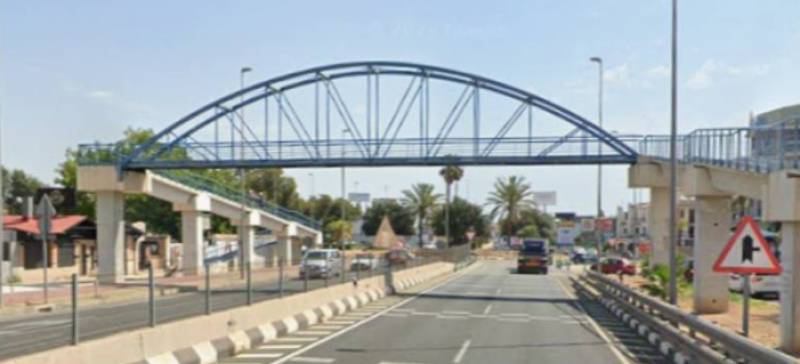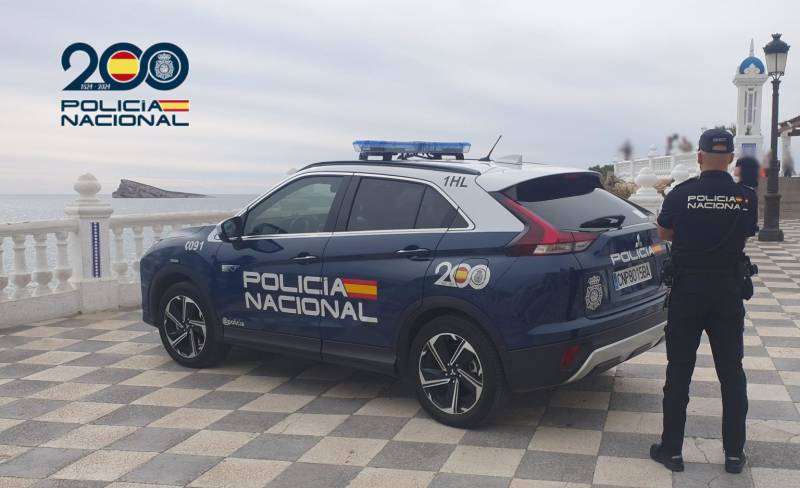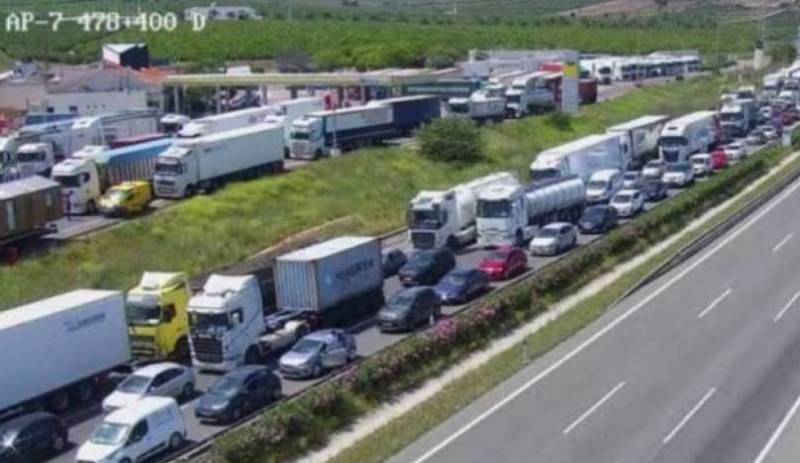- Region
- Águilas
- Alhama de Murcia
- Jumilla
- Lorca
- Los Alcázares
- Mazarrón
- San Javier
-
ALL AREAS & TOWNS
- AREAS
- SOUTH WEST
- MAR MENOR
- MURCIA CITY & CENTRAL
- NORTH & NORTH WEST
- TOWNS
- Abanilla
- Abarán
- Aguilas
- Alamillo
- Alcantarilla
- Aledo
- Alhama de Murcia
- Archena
- Balsicas
- Blanca
- Bolnuevo
- Bullas
- Cañadas del Romero
- Cabo de Palos
- Calasparra
- Camping Bolnuevo
- Campo De Ricote
- Camposol
- Canada De La Lena
- Caravaca de la Cruz
- Cartagena
- Cehegin
- Ceuti
- Cieza
- Condado de Alhama
- Corvera
- Costa Cálida
- Cuevas De Almanzora
- Cuevas de Reyllo
- El Carmoli
- El Mojon
- El Molino (Puerto Lumbreras)
- El Pareton / Cantareros
- El Raso
- El Valle Golf Resort
- Fortuna
- Fuente Alamo
- Hacienda del Alamo Golf Resort
- Hacienda Riquelme Golf Resort
- Isla Plana
- Islas Menores & Mar de Cristal
- Jumilla
- La Azohia
- La Charca
- La Manga Club
- La Manga del Mar Menor
- La Pinilla
- La Puebla
- La Torre
- La Torre Golf Resort
- La Unión
- Las Palas
- Las Ramblas
- Las Ramblas Golf
- Las Torres de Cotillas
- Leiva
- Librilla
- Lo Pagan
- Lo Santiago
- Lorca
- Lorquí
- Los Alcázares
- Los Balcones
- Los Belones
- Los Canovas
- Los Nietos
- Los Perez (Tallante)
- Los Urrutias
- Los Ventorrillos
- Mar De Cristal
- Mar Menor
- Mar Menor Golf Resort
- Mazarrón
- Mazarrón Country Club
- Molina de Segura
- Moratalla
- Mula
- Murcia City
- Murcia Property
- Pareton
- Peraleja Golf Resort
- Perin
- Pilar de la Horadada
- Pinar de Campoverde
- Pinoso
- Playa Honda
- Playa Honda / Playa Paraíso
- Pliego
- Portmán
- Pozo Estrecho
- Puerto de Mazarrón
- Puerto Lumbreras
- Puntas De Calnegre
- Region of Murcia
- Ricote
- Roda Golf Resort
- Roldan
- Roldan and Lo Ferro
- San Javier
- San Pedro del Pinatar
- Santiago de la Ribera
- Sierra Espuña
- Sucina
- Tallante
- Terrazas de la Torre Golf Resort
- Torre Pacheco
- Totana
- What's On Weekly Bulletin
- Yecla


- EDITIONS:
 Spanish News Today
Spanish News Today
 Alicante Today
Alicante Today
 Andalucia Today
Andalucia Today
Castillo de Santa Bárbara, Alicante castle
Panoramic views of Alicante City and the port from the Castillo de Santa Bárbara
The Castillo de Santa Bárbara stands on Mount Benacantil overlooking the Mediterranean Sea from the edge of Alicante City, offering impressive panoramic views, scenic walks and hundreds of years worth of history.
The origins of the castle date back to the 9th century when the Moors were in control of the Iberian Peninsula between 711 and 1296, although a mixture of Roman, Iberian and even Bronze Age artefacts have been found on the mountain slopes. The name of the mountain, ‘Benacantil’ is a phonetic adaptation of the name that was given by a medieval Arab geographer, Al-Idridi who originally called it “Banu-Iqatil”, which possibly derives from the words “pinna”, which is Arabic for “peak” and “laqanti”, which is the Arabic adjectival word for “Alicante”.
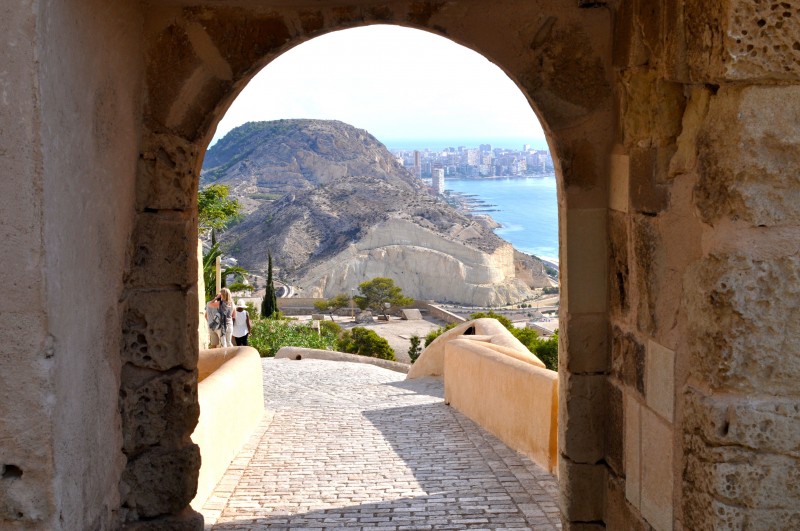
On 4th December 1248 the castle was seized by Castillian forces led by Alfonso of Castille, as part of the "Reconquist" of Spain which lasted over a hundred years, as Christian forces from the north gradually re-took territories in the south, driving the Moors into their last stronghold of the Kingdom of Granada.
Alfonso, known as "El Sabio", or "The Wise", named the castle Santa Bárbara, holding a great feast on the saint's day of Saint Bárbara to celebrate victory over the invaders.
However, internal politics prompted a breakdown in the former alliance between the northern Spanish kingdoms of Aragón and Castilla y León, and in 1296, under the leadership of James II of Aragon the castle was taken by the Aragonese and reformed. The Kings Peter IV of Aragon, Charles I of Spain, and Philip II of Spain later oversaw further reconstruction of the castle.
However in 1691 the Castillo de Santa Bárbara was attacked by a French squadron, followed by the English taking possession of the fortification for three years during the war of the Spanish Succession, before it was later bombarded again in 1873 by the ‘cantonalistas’ in the Cantonal uprising during the First Spanish Republic.
The military role of the castle eventually started to decline from the beginning of the 18th century when it was occasionally used as a prison instead before it then remained abandoned for a number of years. After years of wars, attacks and conflicts, the castle was finally made good and inaugurated in 1963 for the public as a place of historical heritage with exhibition rooms, an archaeological museum, (MUSA), and lifts installed inside the mountain that can be accessed by a long tunnel from the Playa del Postiguet.
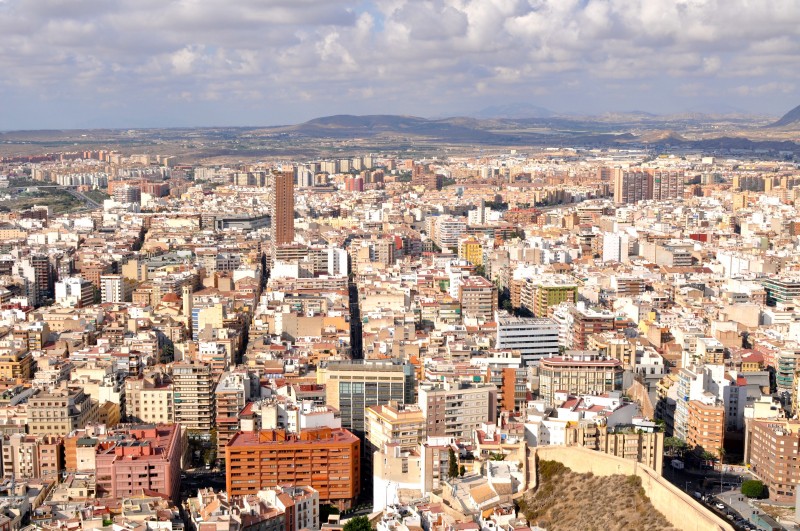
Visitors can reach the top of the castle on foot either from the Parque de La Ereta or along the fortified walls from the top of Avenida de Alfonso el Sabio with the footpath starting on the opposite side of the road from the fire station. It can also be accessed by car from Calle de Vazquez de Mella, and there is ample parking at the top of the castle.
The Castillo de Santa Bárbara is fully equipped with facilities including toilets, a café and a restaurant, with several security officers patrolling the grounds who are always happy to give extra information and directions.
Tickets for the elevator can be purchased from self service ticket machines located at the tunnel entrance and it costs 2.70 euros (2022) for a lift journey up to the castle and back down again. The elevator is free for people over 65 years who carry some form of identification with them on the day.
The castle elevator is open from 10:00, the last lift up is at 19:20 and the last lift down is at 19:40.Castle Opening times:
Winter (15th November to 27th February) Monday to Sunday from 10:00 to 18:00
Spring (28th February to 16th June) Monday to Sunday from 10:00 to 20:00
Guided tours in English for groups can be pre-booked in advance. Click here for Guided tours in English for groups
NB: See subject heading "Recommended Routes" for various suggestions of ways to discover the best of Alicante, some of which include a visit to the castle.
Click here for the dedicated Alicante City section which includes places to visit and things to do in the city as well as what's on.









